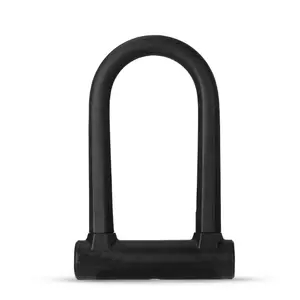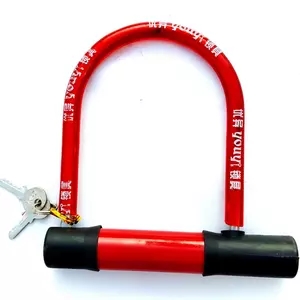Phase 1: Toy for Kids In the early stages, scooters were primarily designed as toys for children. These scooters featured small wheels, simple folding mechanisms, and were often made of lightweight materials like plastic and basic metals. They were meant for kids to have fun riding around the neighborhood or park.
Phase 2: Folding and Portable As scooters gained popularity among kids, manufacturers began to innovate. Folding mechanisms became more refined, making it easy to carry and store scooters. This portability contributed to their appeal, allowing children to take their scooters wherever they went.
Phase 3: Enhanced Design and Durability To cater to growing demand and increasing expectations for quality, scooters started to see improvements in design and durability. Sturdier materials like aluminum replaced plastic, leading to longer-lasting scooters that could withstand more rigorous use.
Phase 4: Fitness and Recreation Scooters began to transcend their status as toys. Adults recognized their potential for fitness and recreation, using them as a fun way to stay active. Manufacturers responded by introducing larger and more robust scooters designed to accommodate adults.
Phase 5: Commuting Solution One of the most significant shifts in the scooter’s journey was its adoption as a legitimate commuting solution for adults. Several factors contributed to this transformation:
- Urban Mobility Challenges: Growing traffic congestion, limited parking, and a focus on sustainable transportation options led to increased interest in alternative modes of commuting.
- Advancements in Technology: Electric scooters (e-scooters) entered the scene, offering motorized propulsion and longer ranges. This made scooters more practical for longer commutes.
- Improved Safety Features: Adult-oriented scooters started featuring larger wheels, better brakes, and improved stability, making them safer for navigating urban environments.
- Last-Mile Connectivity: Scooters filled the gap for last-mile connectivity, providing an efficient way to travel between public transit stops and final destinations.
- Ride-Sharing Services: The rise of scooter-sharing services in urban areas offered an affordable and convenient way for people to rent scooters for short trips.
- Health and Sustainability: Commuters appreciated the health benefits of scooter riding, such as reduced stress, improved cardiovascular health, and reduced carbon footprint.
- Cultural Shift: Societal attitudes toward alternative transportation modes shifted, embracing scooters as a practical and eco-friendly way to get around.
Phase 6: Customization and Performance With the growing popularity of adult scooters, enthusiasts began seeking customizable and high-performance options. This led to the emergence of premium scooters designed for specific purposes, such as off-road riding, high-speed commuting, or even extreme sports.
Phase 7: Integration of Smart Features Some modern scooters are equipped with smart features like Bluetooth connectivity, smartphone apps for navigation and tracking, and built-in lights for enhanced safety during nighttime rides.
The journey of the scooter from a kids’ toy to a viable adult commute option showcases how innovation, changing urban landscapes, and evolving consumer preferences have driven its transformation. As cities continue to prioritize sustainability and efficient transportation, the scooter’s role in urban mobility is likely to continue expanding.














